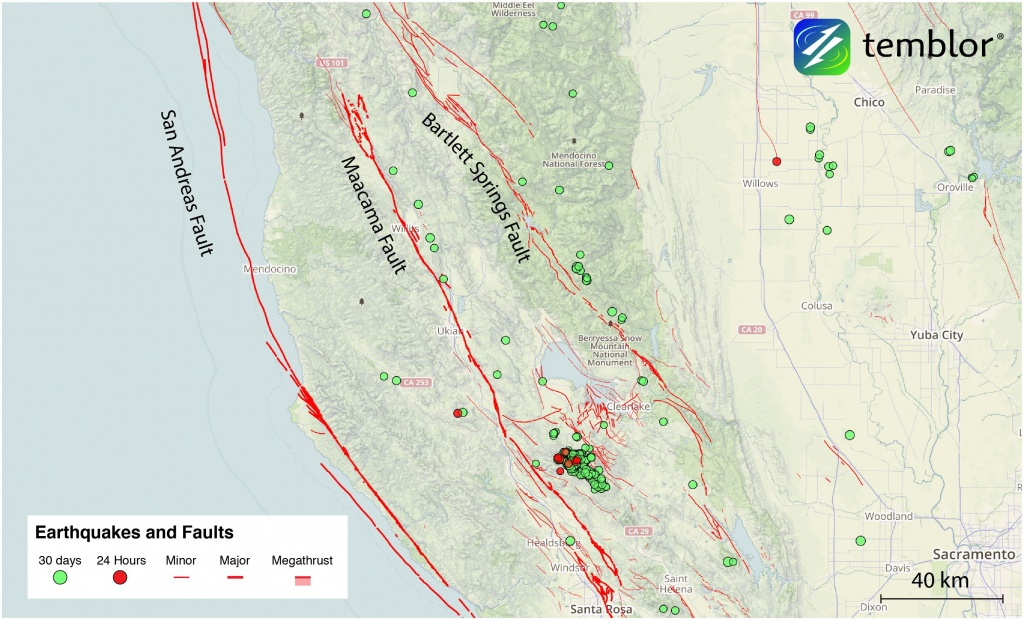

Shallow crevasses can form during earthquake-induced landslides, lateral spreads, or other types of ground failures. She did suggest that they notice the smaller ones at a higher rate than their human counterparts because they are not as busy as humans.ĭoes the ground open up during an earthquake? Lux suggested that when we experience a larger quake, we might associate other factors such as the weather at the time with the experience and project it as part of a pattern.Īccording to Lux there is no scientific evidence that animals sense an earthquake before it happens. According to UC Berkeley, however, very large low-pressure systems, such as hurricanes, have been known to cause episodes of fault slip (slow earthquakes), which are not very damaging. However, in the very distant future, Los Angeles and San Francisco may one day be adjacent to one another.Ĭan the weather influence the occurrence of earthquakes? The plates are moving horizontally past one another, so California is not going to fall into the ocean. The strike-slip earthquakes on the San Andreas Fault are a result of this plate motion. The Pacific Plate is moving northwest with respect to the North American Plate at approximately 46 millimeters, or about 2 inches per year. The San Andreas Fault System, which crosses California from the Salton Sea in the southeast to Cape Mendocino in the north, is the boundary between the Pacific Plate and North American Plate. Will California eventually fall off into the ocean? It is safer to practice “drop, cover and hold on,” under a sturdy piece of furniture. In modern homes, doorways are not stronger than any other parts of the house, and the doors in them could swing and cause injury. Only if you live in an old, unreinforced adobe house. In fact, it would take 32 magnitude 5s, 1000 magnitude 4s, or 32,000 magnitude 3s to equal the energy produced in one magnitude 6 event.ĭuring an earthquake, should you head for the doorway? Unfortunately, this means there are not enough small earthquakes to relieve enough stress to prevent large events. The more complex answer according to the UC Berkeley Lab is:Įarthquake statistics in most regions of the world, including California, show that for every magnitude 5 earthquake on the Richter scale, there are about 10 that have a magnitude of 4, and for each magnitude 4, there are 10 with magnitude 3. Ĭan small earthquakes relieve stress thus preventing large ones? Unlike the older methods which are all based on the maximum amplitude of ground movement at the measuring station, Mw is based on the seismic moment at the source, or hypocenter, of the earthquake. Moment Magnitude (Mw) is the latest concept in magnitude determination. Seismologists have several different methods for determining the size of an earthquake-some based on body waves (which travel deep within the structure of the earth), some based on surface waves (which primarily travel along the uppermost layers of the earth) and some based on completely different methodologies. As the Earth cools, hot rock within the mantle (the layer of rock between the earth’s crust and outer core) is very slowly coming up to the surface, while cold rock is very slowly sinking down toward the core. The inside of the Earth is hot because of radioactive rocks and heat left over from the immense pressures of the Earth’s formation.

From south county going west through San Juan Bautista is the almost 750-mile San Andreas fault running east through Hollister and toward Morgan Hill and East San Jose is the 76-mile Calaveras fault. Two major faults run through San Benito County. Faults range in length from inches to thousands of miles. This movement can occur rapidly, in the form of an earthquake-or slowly, in the form of creep. Faults allow the blocks to move relative to each other. The term earthquake describes both the sudden slip on a fault and the radiated seismic energy and ground shaking caused by the slip.Ī fault is a fracture or zone of fractures between two blocks of rock. The San Andreas Fault is very active in the county though it is unclear why that section is so active. San Benito County sits on several earthquake faults including the San Andreas and Calaveras. With the help of the UC-Berkeley Seismology Lab ’s website and its Project Scientist-Earthquake Early Warning and seismologist Angie Lux, BenitoLink answers common questions and dispels a few myths. On March 14 and 15 the Tres Pinos area experienced 12 earthquakes ranging in magnitude from 2.4 to 3.4 on the Richter scale in a 30 hour-span. Courtesy of Photo courtesy of .įor people living in San Benito County the rocking and rolling of the earth is a somewhat frequent event.

Map of major California earthquake fault lines.


 0 kommentar(er)
0 kommentar(er)
